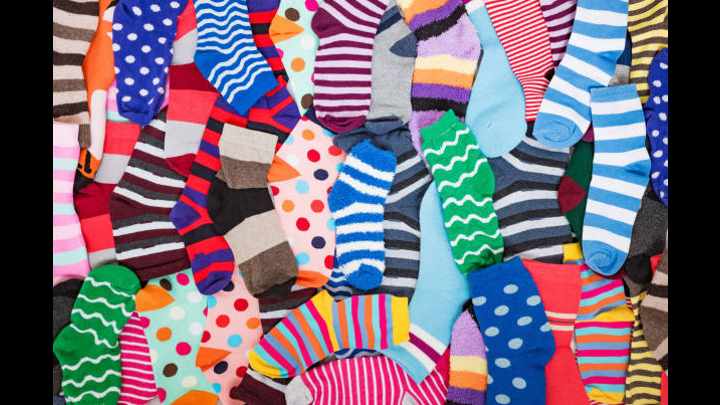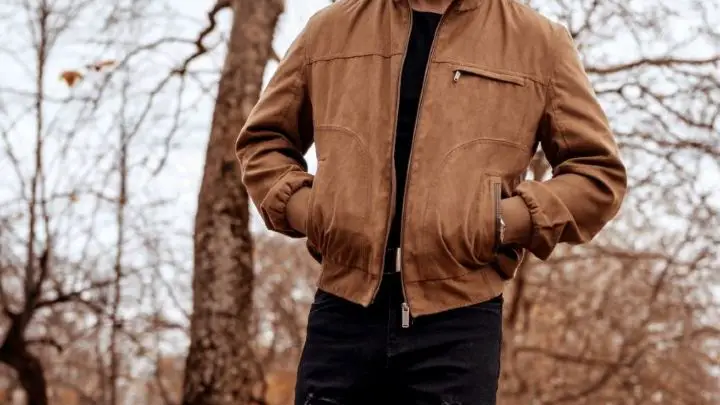Moisturizers are essential products in our everyday skincare routine. But how do we know it’s still good or the moisturizer has gone bad? Yes, moisturizers do go bad.
When you buy moisturizers, I’m sure some of you gloss over the expiration part because it’s not always there. So you won’t know how long it’s been on the shelf or storage and how long it has left till it becomes waste.
Well, experts have pinpointed ways to know your moisturizer has gone bad. Sometimes it takes being observant of the changes to know these things and not only on an expiration date.
How to Know Moisturizers Have Gone Bad
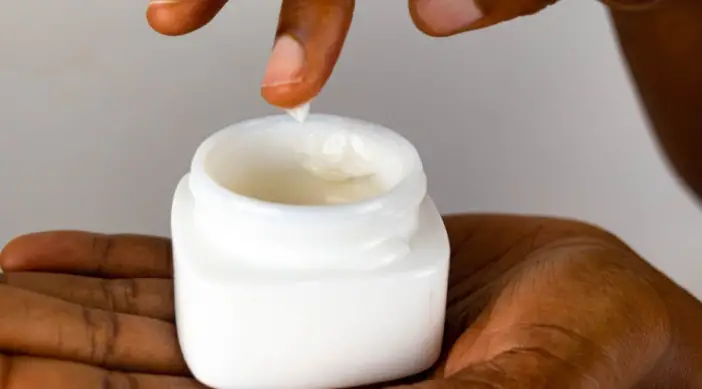
1. Product Separation
This is the first telltale sign your moisturizer has gone bad. The particles, ingredients, or components of the moisturizer begin to separate.
It could be the oil or water sits at the top while other components rest below. You will find yourself mixing the moisturizer or shaking it to get the formula back as one.
According to board-certified dermatologist Dr. Heidi Waldorf, “Some ingredients like oils or particles in suspension can separate.” When you notice this, it means your moisturizer is on its way to getting worse. And you have to be careful with the way you use it.
Furthermore, separated components of your moisturizer mean the ingredients are not in sync, which in turn means the moisturizer is less effective than it was. When you begin to notice this, you should stop as soon as possible.
2. Smell
Moisturizers that have expired or gone bad give off a kind of smell that is not pleasant. It has a stingy smell from the fragrance or the ingredients.
The smell is usually not pleasant, and it is harmful to the nose. Once you notice the smell has gone off, stop using the moisturizer.
When moisturizers go bad, you won’t notice the smell immediately. It starts faintly, masked by the usual scent or smell that comes from the moisturizer. Then the smell increases and overtime supersedes the usual one.
You can carry out a smell test before using your moisturizer, especially if it has been kept for a very long time.
“The smell is a big warning sign your product has gone bad,” says makeup artist Tasha Brown. When you notice the smell isn’t how it used to be, but the texture is still the same doesn’t change the fact that your moisturizer has gone bad.
So don’t be a miser, and throw the moisturizer in the bin.
3. Color
It starts with a subtle color change. Maybe around the edges of the container it comes in, then the color, in general, starts to turn pinkish-grey.
The discoloration of the product happens when the air makes contact with it, or it’s starting to go bad. Some ingredients go bad faster when exposed to air. This could lead to discoloration of the product.
When you notice your moisturizer changing color slightly, it means it has reached its end, and it is time to change.

4. Reaction
This is more serious and could lead to skin damage if ignored or not taken care of. Moisturizers, when gone bad or expired would lose efficacy. This, in turn, could lead to skin irritation or redness.
When the moisturizer is not in its right form, rather than treat your skin, it would cause reactions. According to Dr. Waldorf, “some moisturizers can become contaminated with yeast and bacteria.”
When this happens, it affects the skin’s health and could cause rashes, redness, or irritation when the moisturizer is applied.
Also, if you have sensitive skin, you should change your moisturizer fast because when moisturizers have expired or gone bad, they could cause adverse reactions on sensitive skin than other types of skin.
5. Texture
When you notice the texture of your moisturizer is lumpy or breaking into particles, it means your moisturizer has gone bad.
The texture is how it would feel in your hands and body. Lotions or creamy moisturizers have different textures. Therefore their bad state produces different textures.
Also, the way the moisturizer feels on the skin will be different. Rather than it being smooth and melts on the skin, the texture of the moisturizer will feel grainy or sticky on the skin.
This is a sign that your moisturizer has gone bad, and you should heed to it. Furthermore, the texture of the moisturizer wouldn’t allow moisture to be sealed on the skin, making the product’s efficacy reduced.
Tips to Preserving Moisturizers Effectively

1. Keep moisturizers with active ingredients unstable around oxygen bottled up
Moisturizers with active ingredients lose their efficacy if exposed to too much air. Ingredients like hyaluronic acid, retinol, vitamin C, salicylic acid, or glycolic acid break down very fast when exposed.
Therefore, you have to keep them sealed after opening such moisturizers. Another option is to throw it out a year after opening the moisturizer, even if it doesn’t show any sign of going bad. You are protecting your skin this way.
2. Keep in mind the day you bought your moisturizer
According to Dr. Tsippora Shainhouse, a board-certified dermatologist, the PAO (period-after-opening) symbol is essential when you buy your moisturizers.
It tells you how long to use the product. It is usually written as a number and a letter on the body or package of a skincare product.
For instance, if the PAO ‘6M’ is written at the bottom of a moisturizer, it means you should use it for 6 months. ’12M’ means should be used for a year then disposed of properly.
PAO exists because there is no clear date of expiration for moisturizers, and you can only start to count the product’s deadline when it is opened.
3. Keep in mind if your moisturizer has preservatives or not
Even natural preservatives wane in efficacy over time. Both chemical and natural preservatives need to be watched out for when you buy your moisturizers.
Always remember that the preservatives can’t keep the ingredients fresh and settled forever. When you do, you will be able to know when to throw the moisturizer out, even if it is unfinished.
However, odds are you might have used the product up if you picked the right moisturizers for your skin.
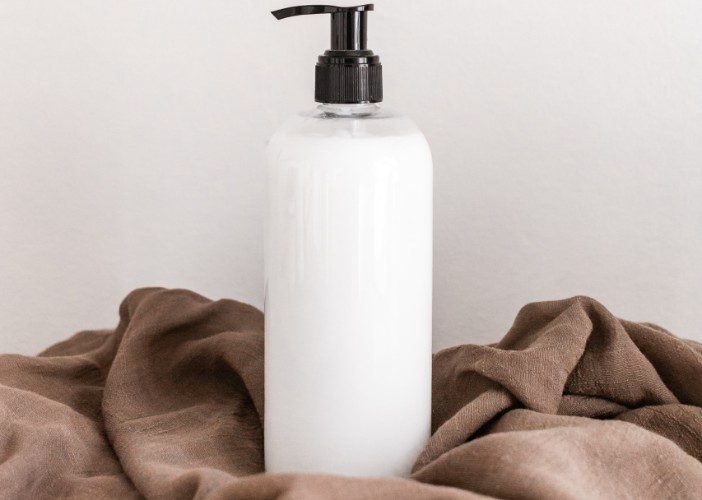
4. Store moisturizer in a cool dry place
Always store your moisturizer or any other skincare products in a cool dry place to prevent air and sunlight from getting in contact with it. Even if exposed to air, limit each contact as much as possible. The more air gets to it, the more it loses its efficacy.
Also, the rays of the sun could affect the ingredients of your moisturizer. This is why you need to store it in hidden dark places, like a cabinet or a vanity drawer.
5. Avoid buying opened jars
Moisturizers that have been opened before buying have a risk of getting bacteria. If you notice the moisturizer you picked has been opened, switch it for another one.
Once bacteria get into your moisturizer, it reduces its efficacy and could also cause a reaction on your body.
6. Don’t share your products
If you have sensitive skin, you have to keep your skincare products to yourself. Sharing products could lead to the spread of yeast and bacteria. And we know how dangerous to the skin health those can be for anyone.
7. Always use your moisturizers with clean hands
This is why moisturizers come next after bathing. You need clean hands to prevent any harmful contact with your moisturizer. Keeping your hands clean would protect you and your moisturizer from the spread of bacteria.
Read Also: Bursting the Myth- Is Sunscreen Good For Dark Skins
FAQs About Moisturizer

How long can my moisturizer last?
Moisturizers are known to have a shelf life of up to 3 years. However, this might not be written on the bottles or jars of the products.
Also, the FDA doesn’t mandate manufacturers to add expiration dates for their products. So it would be hard to tell.
What you should look out for is the PAO of the product. Or better still, from when you buy it, it shouldn’t sit in your cabinet for more than a year.
Can I use an expired moisturizer?
No, you shouldn’t. It’s best to stay away from expired moisturizers because they could damage your skin.
Also, moisturizer’s efficacy would have waned by the time the expiration date arrives. Some moisturizers even go bad before expiration due to external influences. This is why you should avoid using moisturizers that have expired.
What are the effects of using bad moisturizers?
You can get skin irritations, redness, rashes, burns, or even herpes outbreak. Moisturizers that have gone bad could harbor bacteria and yeast, which could cause mild to severe skin reactions.
Where can I store my moisturizer?
A cabinet is best.
Or any other cool dry place in your home. What you should be avoiding when it comes to preserving your moisturizer are air and sunlight. This reduces the likelihood of your product getting bad.
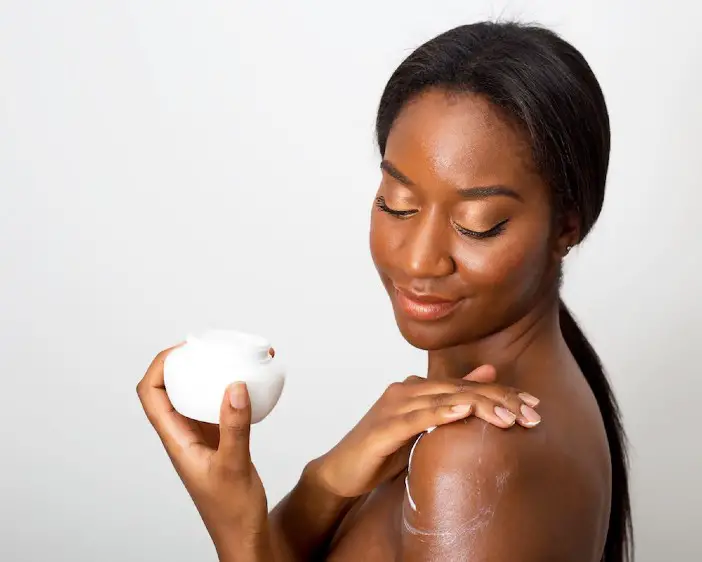
Takeaway
You would need to know how to tell a moisturizer gone bad to save your skin from reactions. Usually, some moisturizers do not have an expiration date, but it begins to count once the bottle, jar, or tube is opened. This is why you should be careful when buying your products.
One of the first telltale signs of a bad moisturizer is its smell, color, or ingredient separation. When you start to notice this, it’s time to say goodbye.
Also, you don’t have to wait for the product to expire. You could follow the PAO or just keep in mind when you opened your moisturizer and limit its use for one year or less.
This would save your skin, your general health, and you the stress of having to deal with expired products.
You can get relevant wellness articles from Africana Fashion to help your beauty goals and lifestyle.





